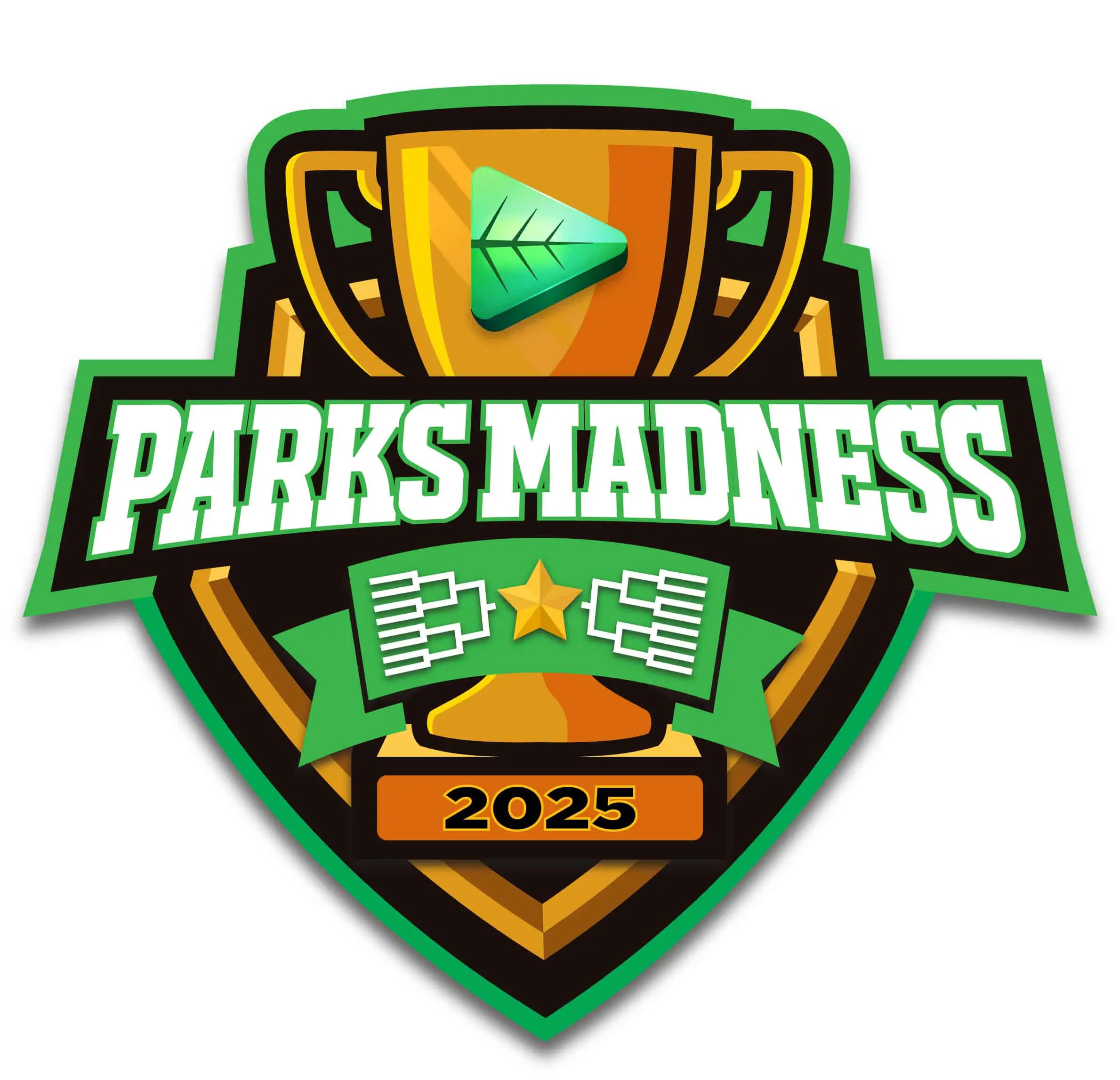Parks Channel contributor Alice Ford has a life that could only be dreamed up in Hollywood. When she's not traveling the world for her series Alice's Adventures on Earth, she's dodging bombs and kicking butt as a stuntwoman on films like Transformers. We spoke with Alice as she was putting the finishing touches on a new series that will debut on PBS, building on an audience that has already reached 5.7 million views on YouTube.
Alice, thanks so much for taking the time to talk to us.
Of course, I love you guys, and I’m always happy to chat about national parks.
I always like to start with this summary bio challenge. In three sentences, tell us your origin story: how did you grow up, how did you find your way, and what are you doing now?
Childhood—lover of nature. Wanted to explore the world. Making it happen one country at a time.
That’s almost Haiku going on there – impressive! I know you’ve got a massive following for Alice’s Adventures on Earth, but some of the people who watch your videos may not realize that your day job is actually Hollywood stunt woman. Tell us how you got into stunt work and a little bit about those experiences.
I grew up as a perpetual tomboy. I was always roughhousing and jumping off things and getting into trouble, ripping my stockings, outside playing in the snow or climbing a tree.
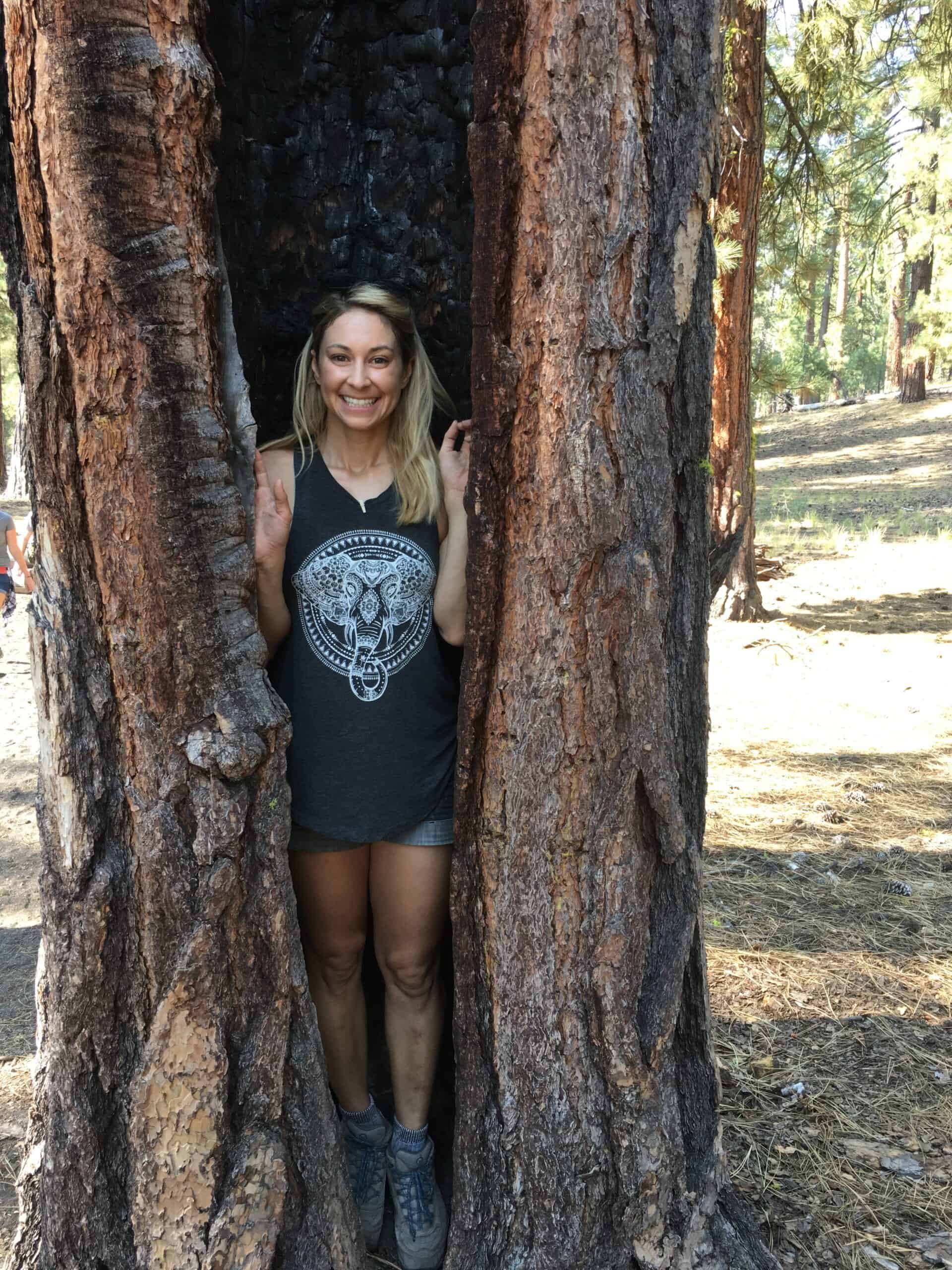
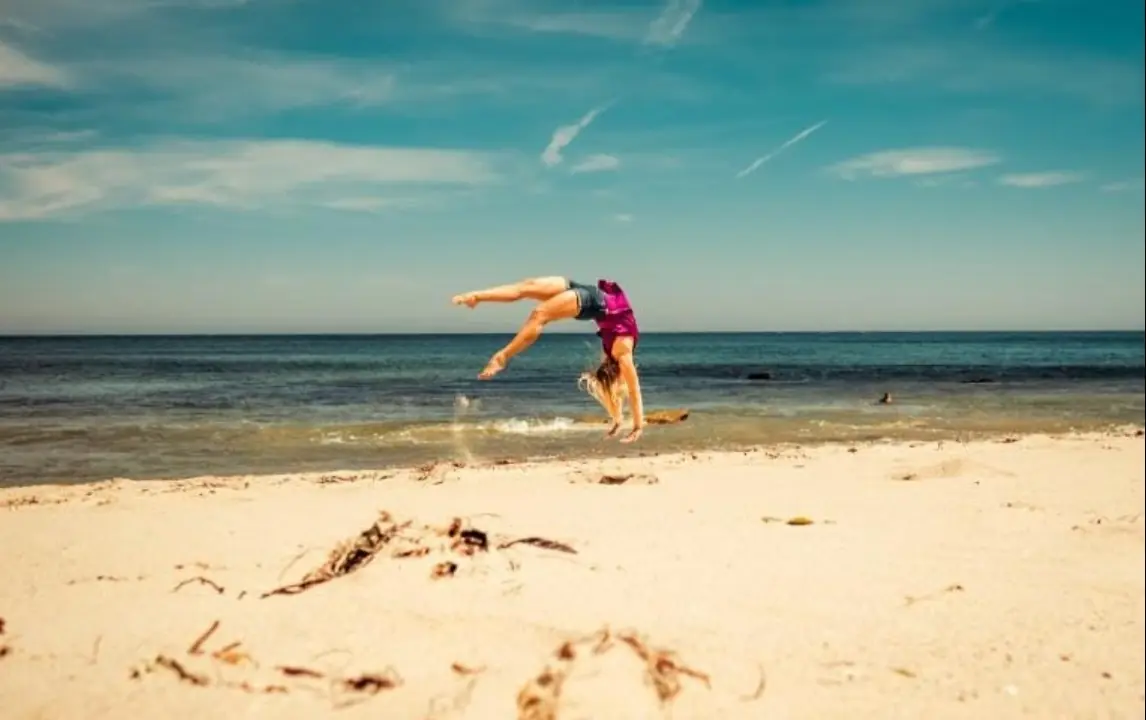
I didn’t even know being a stunt woman was a thing growing up. But I was in gymnastics and track and field and skiing and diving, and all these different sports. And when you do those things throughout college and then get out of college, you’re left with kind of this void in your life, because all the competition that you’ve done throughout your entire life ends.
Becoming a stunt woman was a way for me to not only feel like I was still competing and performing—in all the kinds of sports combined into one that I had done my whole life—but I also got paid for it, which was not possible in college sports until recently, especially in the sports that I did.
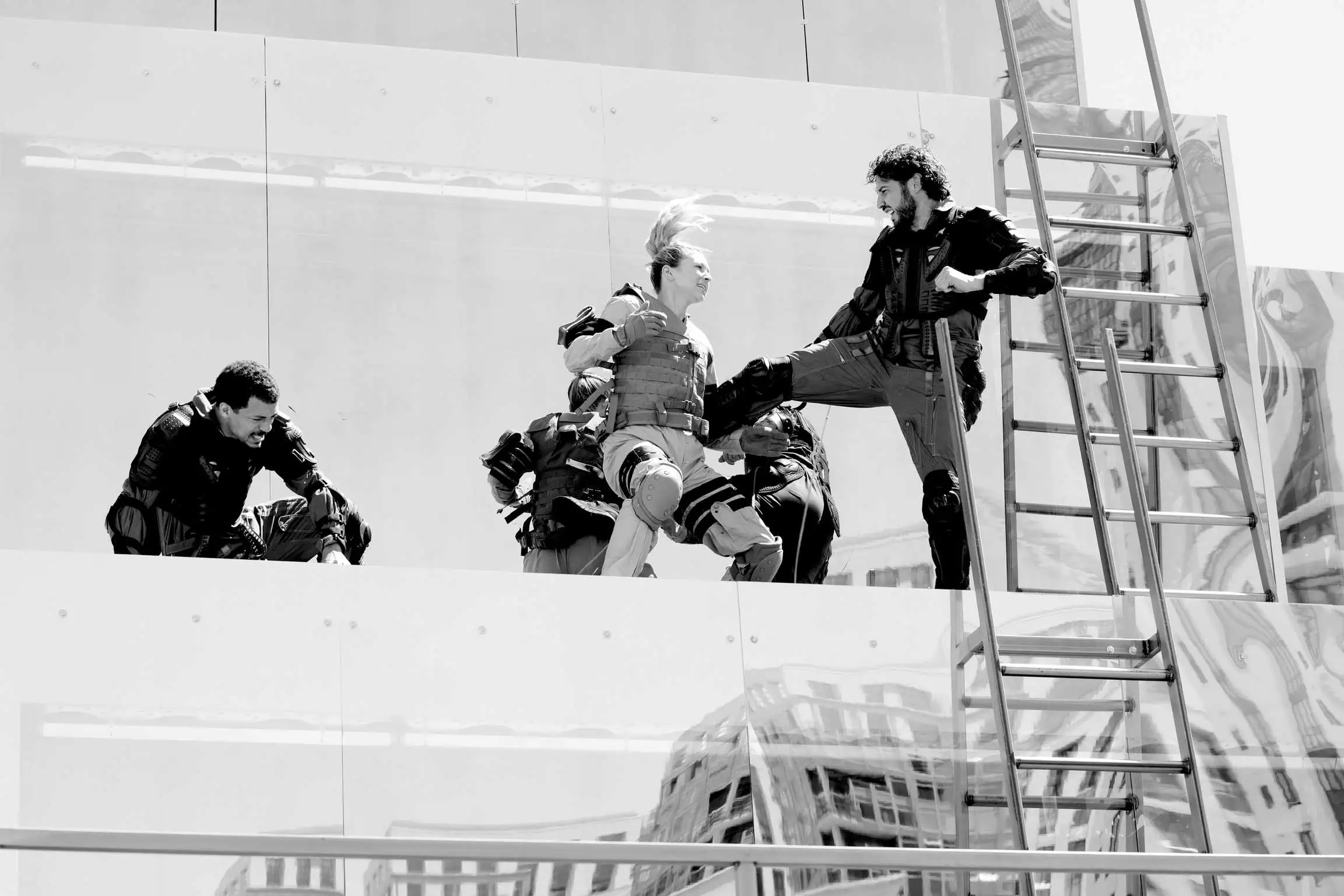
It was a perfect fit. I didn’t discover it right after college. I actually got into stunts when I was around 24, 25 years old, so a little bit later than a lot of other people in the industry. But it was a perfect fit for me to be able to kind of marry my love for athletics with my love for being in front of the camera as well.
What was the first movie?
The first was actually a TV show called Make It or Break It on ABC Family. It was a scripted drama about a gymnastics team, and I doubled one of the girls who was on the gymnastics team.
I understand that you also worked on the Transformers films.
I worked on Transformers 4, Transformers 5 and Bumblebee. My first really big, long multi-country movie was Transformers 4. It was an amazing experience. Definitely a lot of chaos on those sets, because there are a lot of people, a lot of moving parts, a lot of explosions, and you’re working really hard every day. But that was a fantastic experience. And getting to work with Michael Bay is something I’ll never forget. He’s a man who knows what he wants. It was a very exciting set to work on and I’m glad I got to experience that.
I bet. Is it a lot of green screen? It’s not like you were standing next to actual Transformers.
Well, the robots are digital, but unlike the Marvel movies, for Transformers we were on location in all these crazy places around the world.
Unlike Spider-Man or Deadpool, or one of the other comic book movies—where they shoot everything on a green screen now, and they key in New York City, or they key in a field full of buffalo, or whatever it is—on Transformers we were in all these cities.
We drove cars. We closed down the middle of Chicago. We were in China. We were in Washington State. We were in Detroit. We were in Hong Kong, and we’re closing down city streets. It was wild, like a real movie. Nowadays, we’re getting so much into digital that when you get to actually work on a set where you’re out in the field on location or out in the elements, that’s really cool.
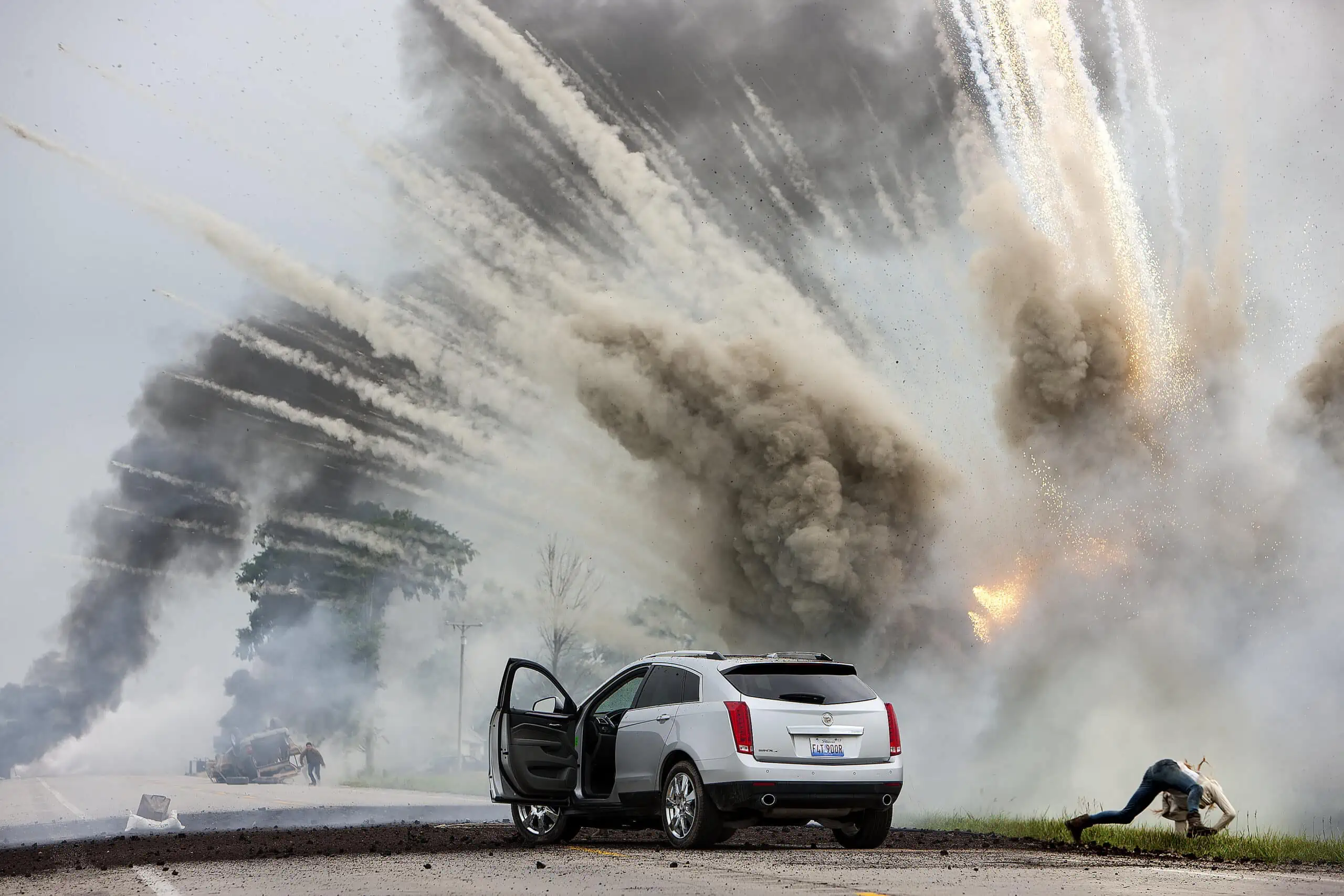
It sounds like a perfect job for you, since travel has always been a passion. What was the first park experience that lit the fuse for you?
It was when I was very little—I was maybe 6. My parents loved to travel, and the first national park I remember going to was Yellowstone. We flew to Colorado—my grandmother lived in Colorado—and we did a big, huge road trip all throughout Colorado and Wyoming. We rented a cabin in Yellowstone for a couple of weeks in the summer, and I just loved it.
I wanted to move there. I literally was like, okay, family: there’s an ice-skating rink here; there’s a gymnastics gym nearby. Why don’t we just stay here and never have to go home? I loved seeing the bison and all the different wildlife.
This was long before the wolves were reintroduced, so I didn’t get to see those as a kid, but I loved the geysers and just the spectacular-ness of all the different landscapes there.
I remember we were caught in a hailstorm at one point. My dad had to go find somewhere to find shelter because we thought the windshield would break. It was just really exciting. That was the first national park that I remember vividly as a little kid.
We did a lot of long road trips as a family, especially out west. My mom and dad met in Colorado, and my dad worked a lot in the mountains of Arizona and Colorado, and he loved the landscapes out west.
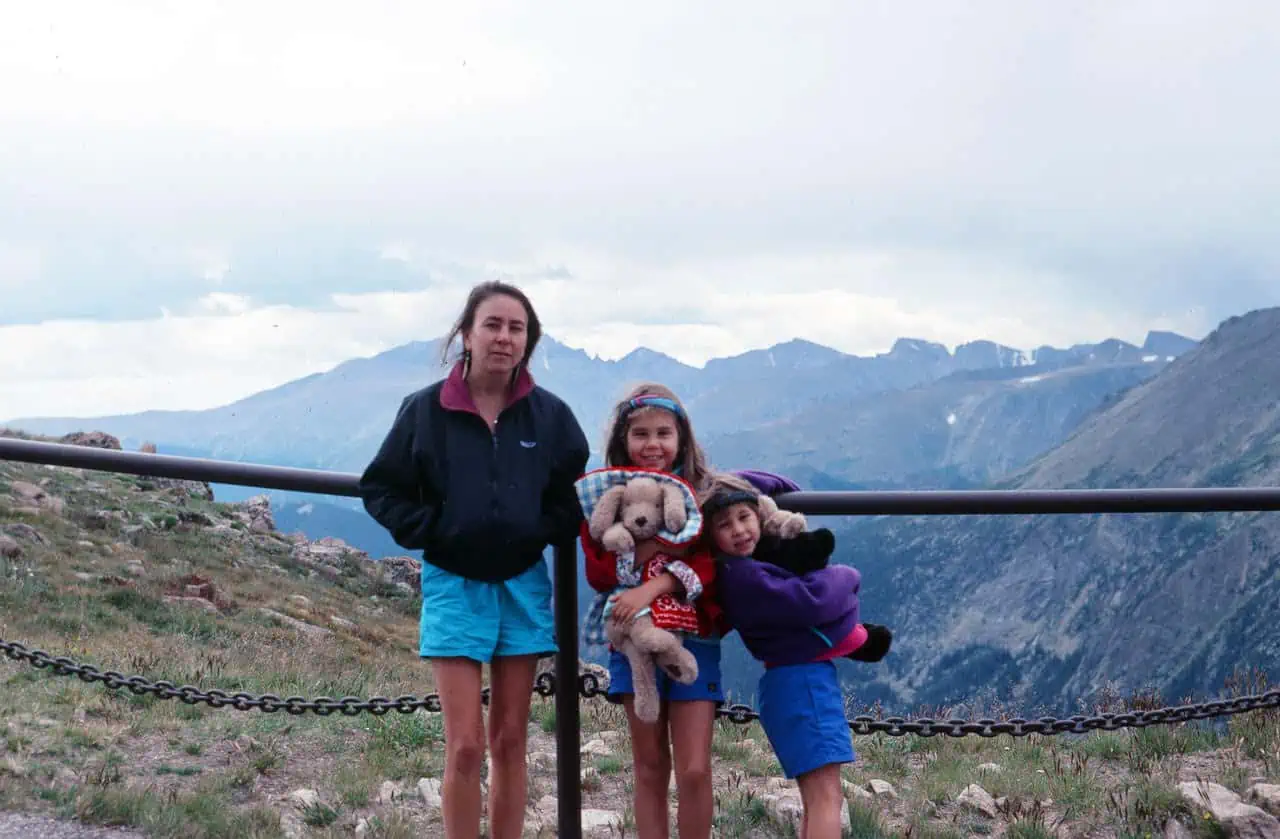
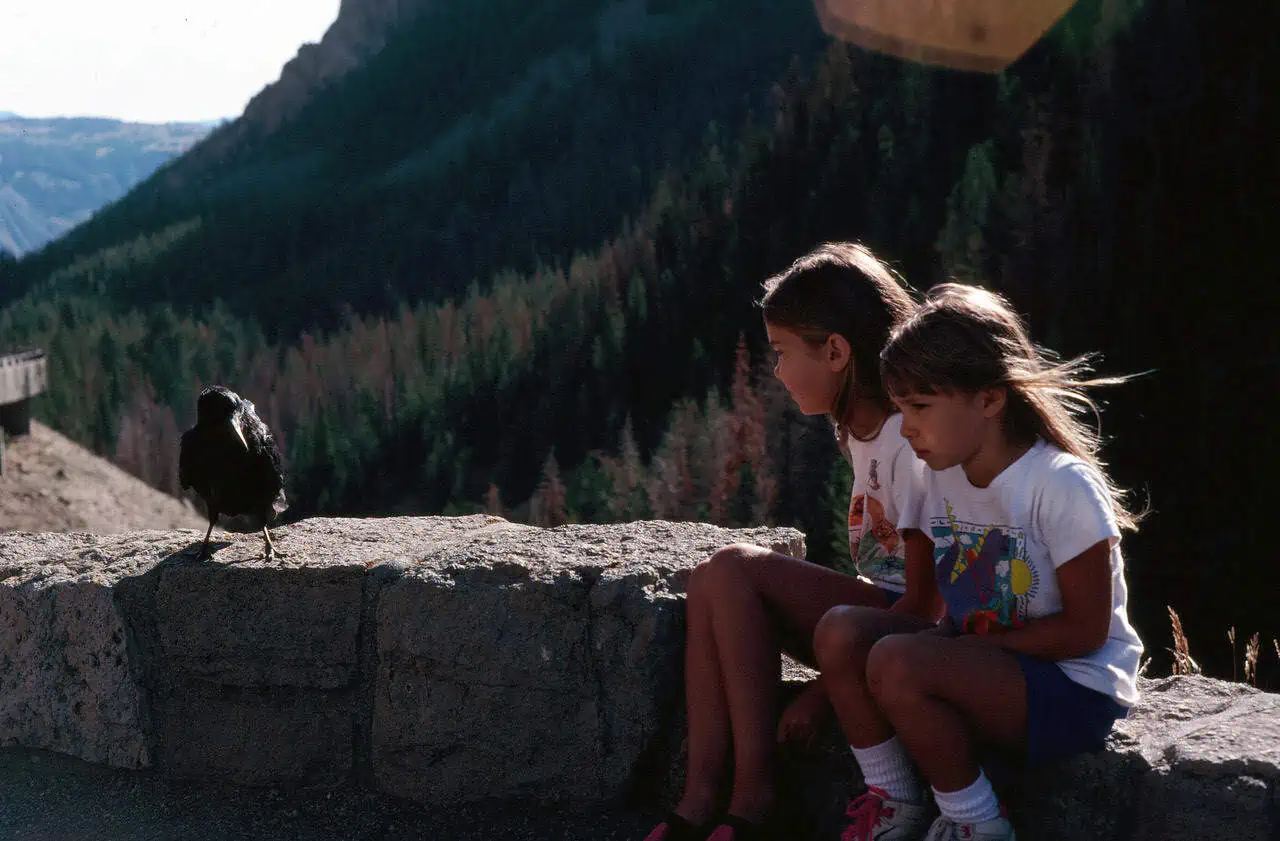
So I fell in love with that as a young kid. I also grew up in a spectacular wild place in New Hampshire, surrounded by forest and animals, and my sister and I were always out playing in the woods. We made all the animals our friends.
When did you decide to put a camera on yourself and share those experiences—the germination of Alice’s Adventures on Earth?
When I was in college, or maybe even before college, I had this notion that I wanted to do something involving travel and being on TV. But I grew up in small towns where things like that didn’t exist, where you couldn’t really get into that. We didn’t have people who were TV hosts there.
For a long time it was just this dream. Then when I started working in stunts, I met some people who were producers, and I told them I wanted to have a travel show. They suggested I write a treatment for one, at least have something on paper that outlines my ideas. So I wrote a treatment, and for a long time, all I had was this piece of paper and this dream that maybe someone will find me on the street. You know, things aren’t like that anymore.
Then I got on Transformers and we were traveling all around the world. I had planned this big trip afterwards through Southeast Asia and Australia, and one of the people I met on the movie said, if you really want to have a travel show, you should just shoot all the places you’re going to see and come up with a proof of concept, shoot a pilot.
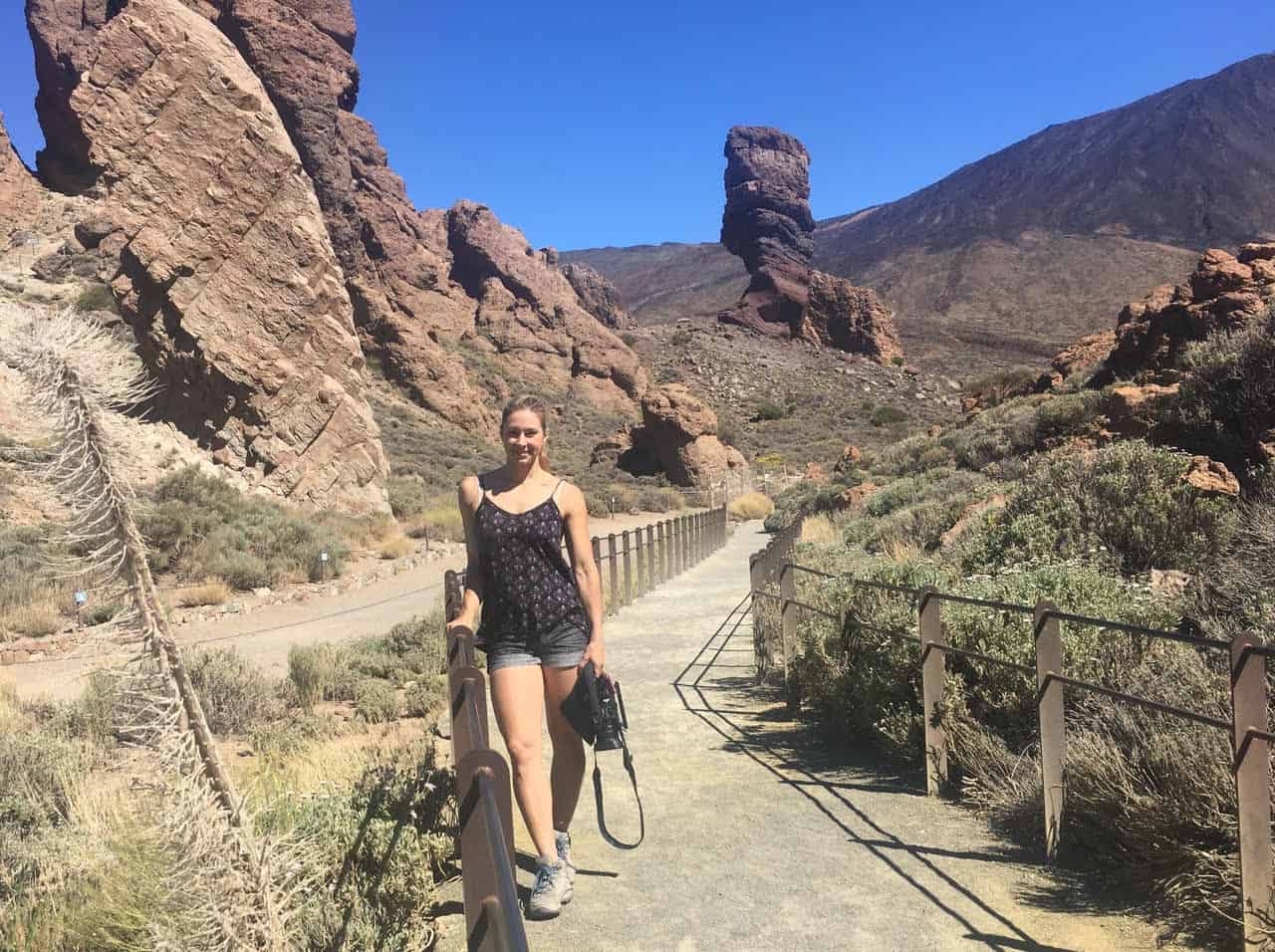
So that’s what that trip became—my first ever pilot. At the time it was a show called World Heritage Adventures, and it was basically about the world’s national parks. And that’s kind of what started everything. Because after that, I had something to show to people in the industry, so maybe somebody would take me seriously and I could grow it into something else.
That was 11 years ago. Things evolved slowly. I have become so much better as a host and editor, and as a cinematographer—as you do when you spend a lot of time doing these things. But then I got serious about YouTube a couple of years later. And now we’re here. I’ve got a show on PBS, and obviously quite a few followers on YouTube as well.
And soon hopefully shows on the Parks Channel! Excited to have you be a part of that, too. What are your goals for your audience? Obviously, you’re capturing your own experiences. They’re full of insights and advice. But I’m curious if you’ve got a mission statement that you put with the series.
I definitely want people to be able to experience nature in a way that’s more authentic. I also want them to have the takeaways of more respect and love for wildlife and nature.
I just got back from Patagonia a couple of weeks ago, and there was an ethos that the conservation company that deals with the parks down there kept repeating to me—multiple people I met said the same thing. If we can’t get people to touch and feel nature, and they can’t fall in love with it, then they won’t want to protect it.
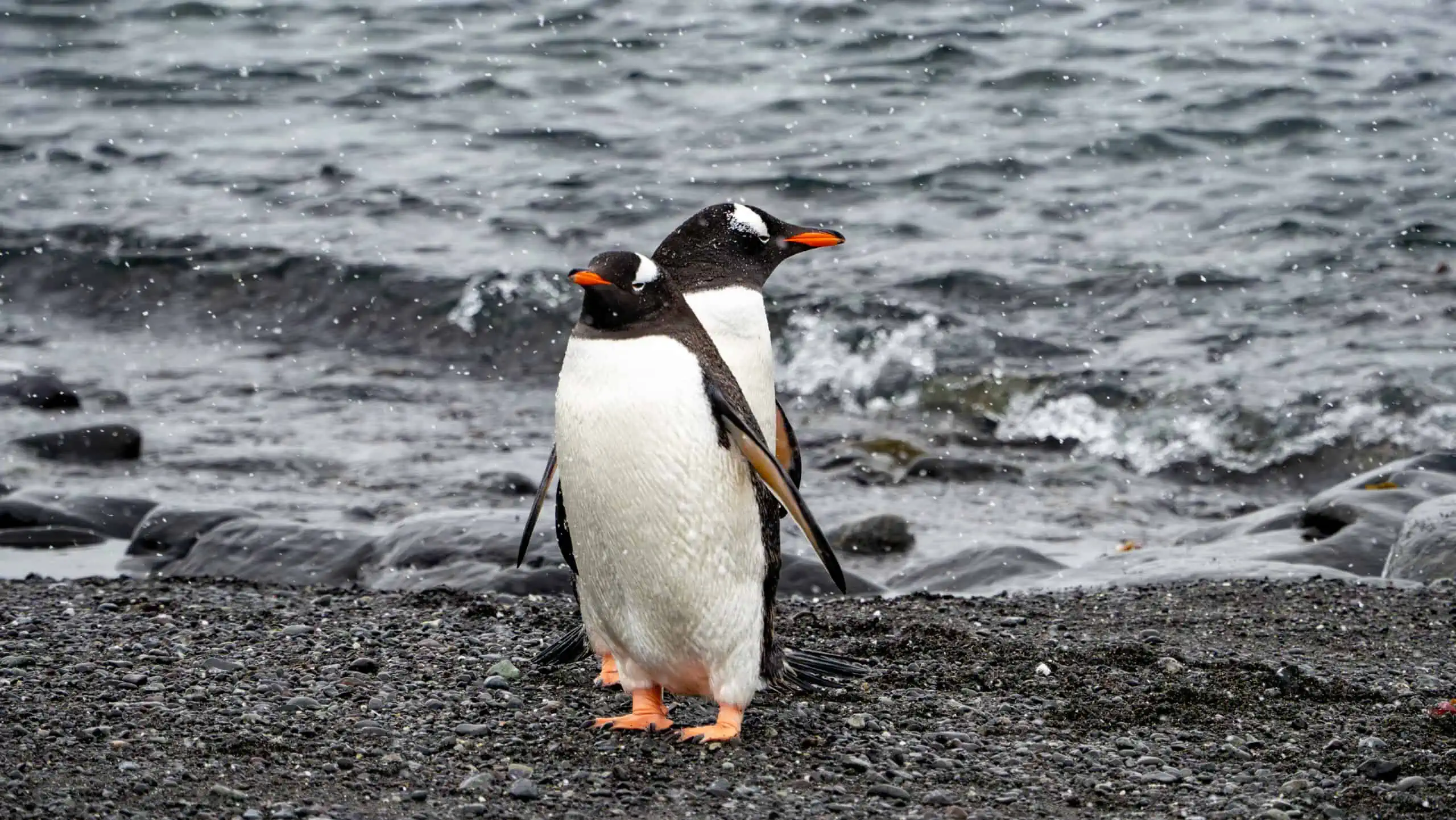
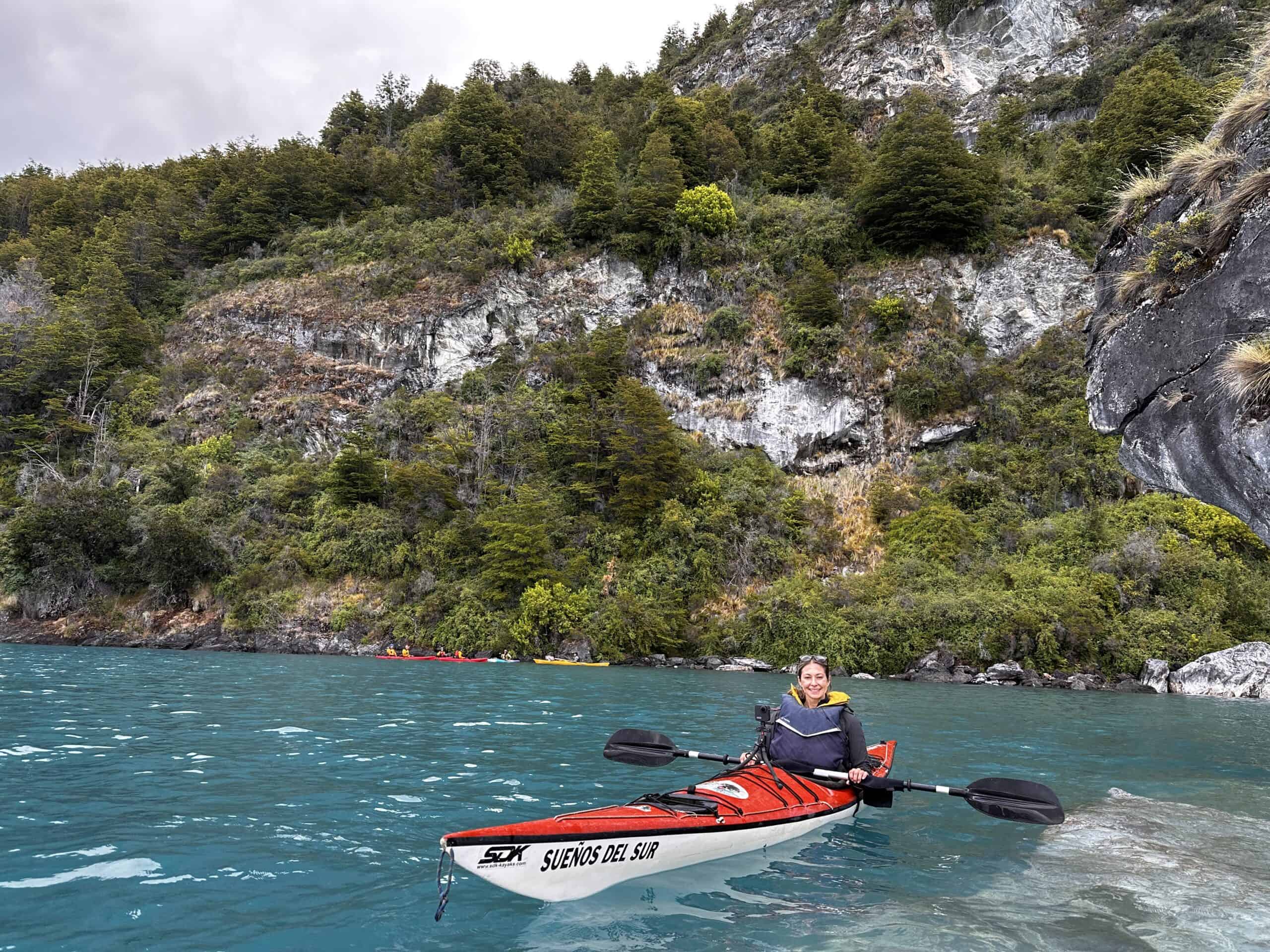
I think the thing I want to share with people in my videos isn’t just, okay, here’s how, here’s what you can do, here’s where you can eat. It’s also, I want you to feel what I’m feeling. I want you to be with me in my backpack, so you can experience this in the way that I’m experiencing it, so that you fall in love with it, and you want to protect it not only for our generation, but for generations to come.
Follow Alice on her recent solo trek through Torres Del Paine National Park in Chile
Do you have any idea of how many national parks you’ve actually visited to date? I know a lot of people like to get their stamps in the passport and collect them all. I’m sure you’re way ahead of most normal human beings, but I’m curious if you keep that number in your head?
At least 25, maybe more than that. My friend and I have decided to compete to get the most Junior Ranger badges. We started that last year, and I have like 10 Junior Ranger badges just from this past year.
I’m glad you actually have a few more to go, considering how much you travel! That’s a good thing – you never want to completely finish them out, do you? It’s a lifelong journey.
Absolutely. I hope to see more and more national parks as our lives progress.
You mentioned Yellowstone is sort of a first love. But do you have any other favorites?
I love Lassen Volcanic, here in Northern California. Even after living in California for six or seven years, I didn’t know it was a national park. I’d never heard of it—I had no idea it was in California. And then you go there and you realize that it’s so much like Yellowstone. It’s got geysers and sulfur ponds, volcanoes and crazy landscapes that are very diverse. Most Californians really like Yosemite. I like Yosemite, too, but I like Lassen a little bit more.
I love a lot of the Utah parks. Canyonlands is amazing. And some of the parks in Alaska. Denali is great. Lake Clark National Park is one of my favorites as well. I like the Smoky Mountains on the east coast as well.
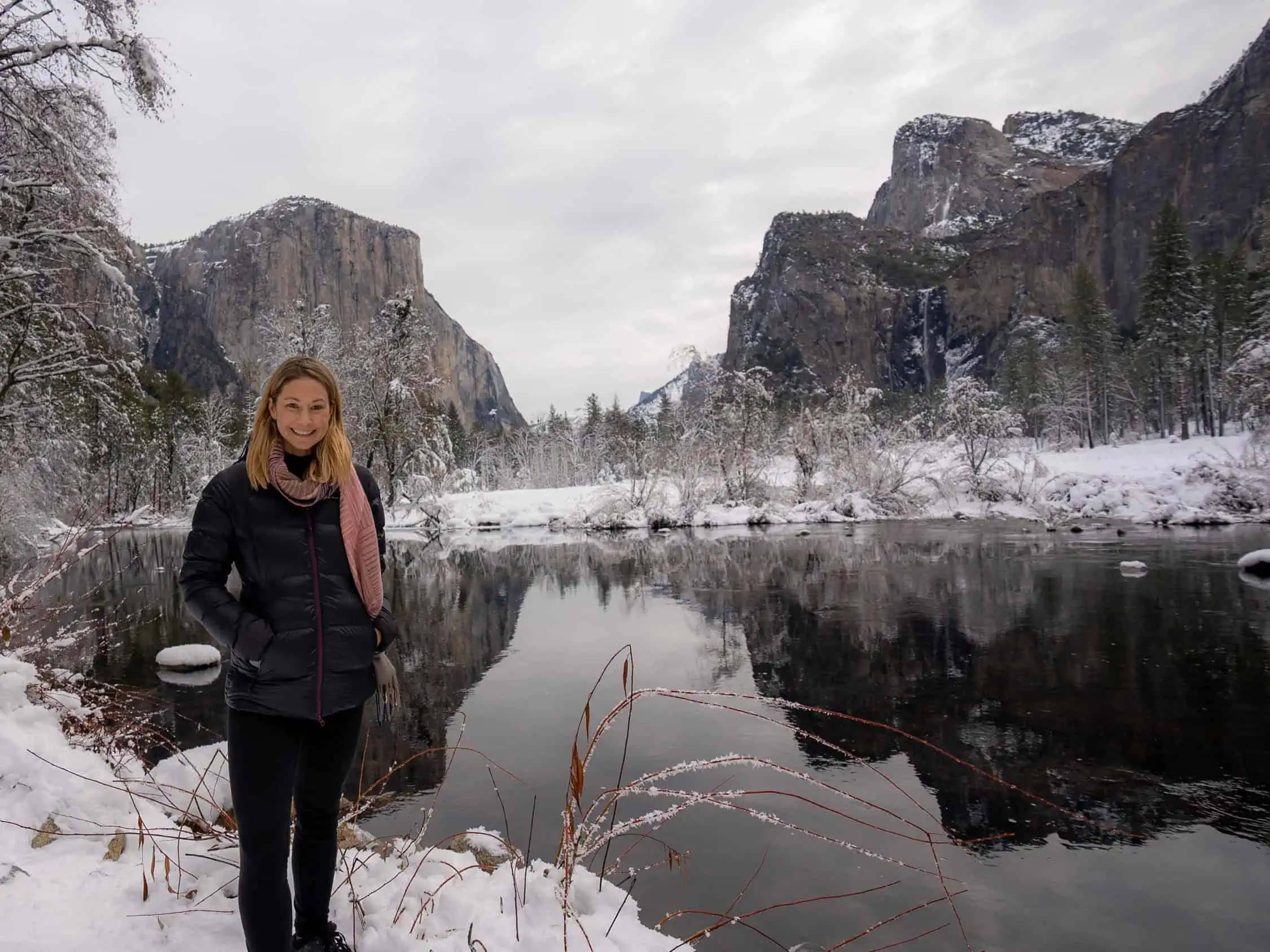
Check out some of Alice’s videos on National Parks:
Travel Guide to Lassen Volcanic National Park
Solo Winter Adventures in Yellowstone
Joshua Tree National Park Spring Travel Guide
Exploring the Needles District in Canyonlands
So you’re obviously an expert in doing this. But going out in nature, there are always surprises. What is the biggest park fail you’ve endured?
Biggest park fail was probably when I did Long’s Peak in Rocky Mountain National Park in Colorado, and I did not zip up my backpack pocket, and I lost my cell phone off a cliff.
Oh, no! You’re kidding. I take it that was a complete loss?
Yeah. I did search for it. There was another guy who had been hiking and who was very good at rock climbing who scaled down to see if he could find it, but he never found it. It was pinging for a while, showing it was in the park, but I think it must have fallen in a crevasse. There was just no way to find it. Getting back to where I was staying—three hours away—was a challenge because I no longer own a map and I had no directions.
Problems with the modern world—you don’t even think about having a paper map as a backup these days! What would you consider your greatest park success, in terms of achievement, or something that you just stumbled on?
That’s a good question. A recent one was Death Valley National Park, which I went to in October. We’ve had a lot of rain here in California, and Badwater Basin—the lowest, hottest, and driest place in America—has flooded so the landscape has become a shallow lake. If you go there right now, it is just spectacular to see this thin layer of water across the salt flats. I’d never seen it before and I would like to say it would be once in a lifetime—but it’s happening more now this past year. That was a unique and special thing to kind of stumble upon. And at sunset or sunrise it is spectacular.
See Alice’s YouTube video on a recent visit to Death Valley here.
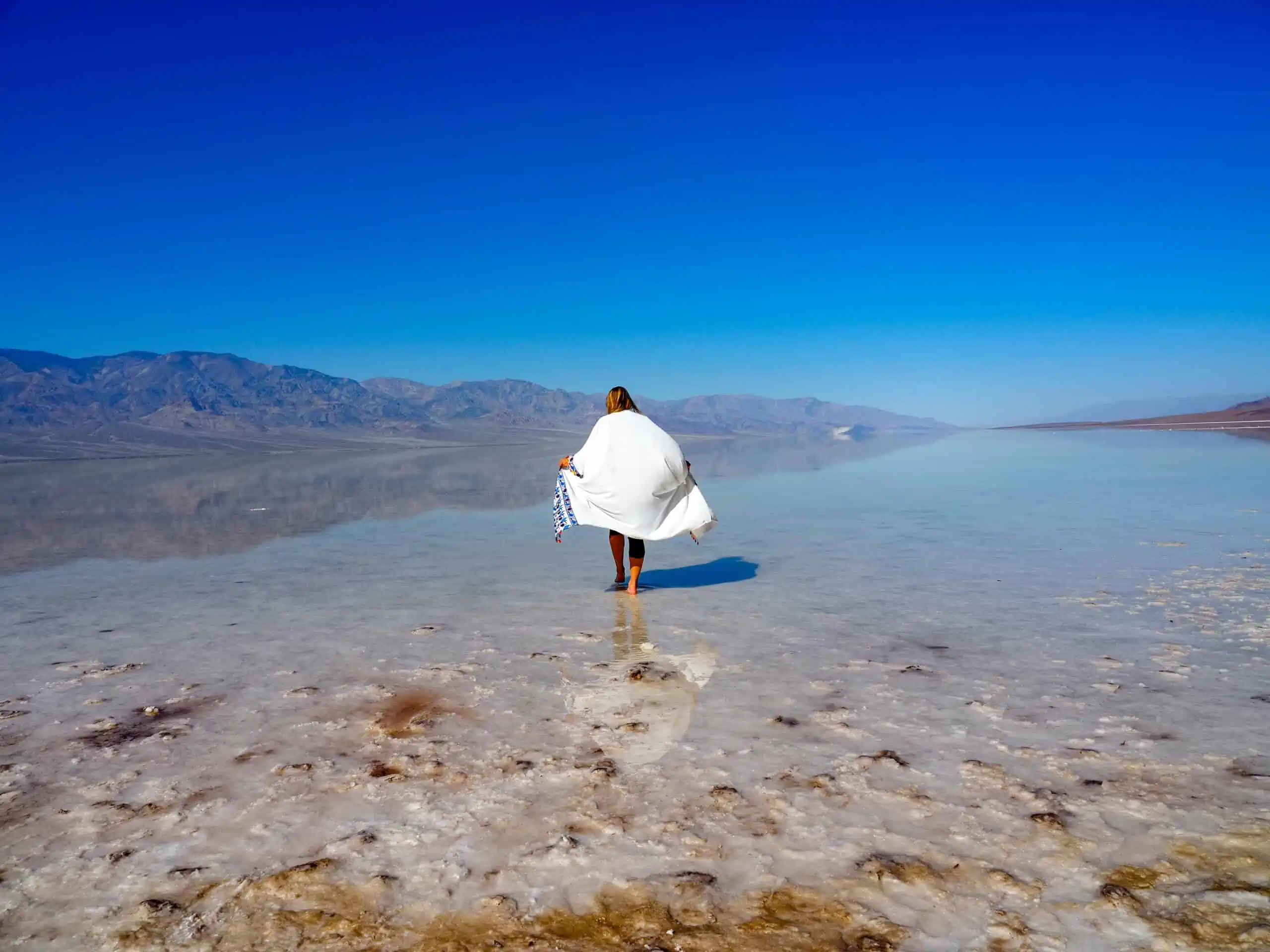
Very cool. Any tips or advice for photographers and filmmakers who are trying to follow in your footsteps?
Experiment. Get out there and actually start shooting stuff. Don’t wait. Just go out and do it. I think for a long time I was just like, okay, this is a dream, and hopefully one day it becomes reality. But if you’re not taking steps forward to actually make that happen every day or every week, it’s going to remain a dream for a long time.
As far as filmmaking goes, there are so many resources on YouTube, on the internet, at local photography and camera shops to take classes to learn from other people. If you see something interesting on TV or on social media and you want to replicate it, go out and experiment. Some of the coolest things I’ve learned have been from other people, or from watching movies, or from being on set and just kind of observing others. And be creative.
You mentioned earlier this idea that if we don’t experience nature, we’re not going to want to protect it. The National Park Service is trying to get more diverse and younger people out into nature to discover these places. What would you say for those who’ve been reluctant to even try because they’re intimidated, or for whatever reason they haven’t gotten out there?
I would say that it’s less scary than you think, especially at our national parks. One of the things that is so great about our national parks is that outside of maybe the North Cascades—which has very serious hikes for the most part—most national parks have a variety of trails, from half-mile paved trails to 15- to 50-mile backpacking loops. There is something for everyone, even if you’re not a hiker or a biker or a serious outdoor enthusiast. That is one of the things that makes our national parks so great. They have created them to be welcoming to people of all skill levels. So you should definitely go and check them out.
I think there are also budget ways to experience the national parks. Money is often a big stumbling block for a lot of people to access our national parks, and I think that in the years to come there’s going to be much better infrastructure to get into a lot of our national parks via trains and buses. I look forward to having things be a little bit more accessible to people who can’t afford to get to a lot of these more remote places.
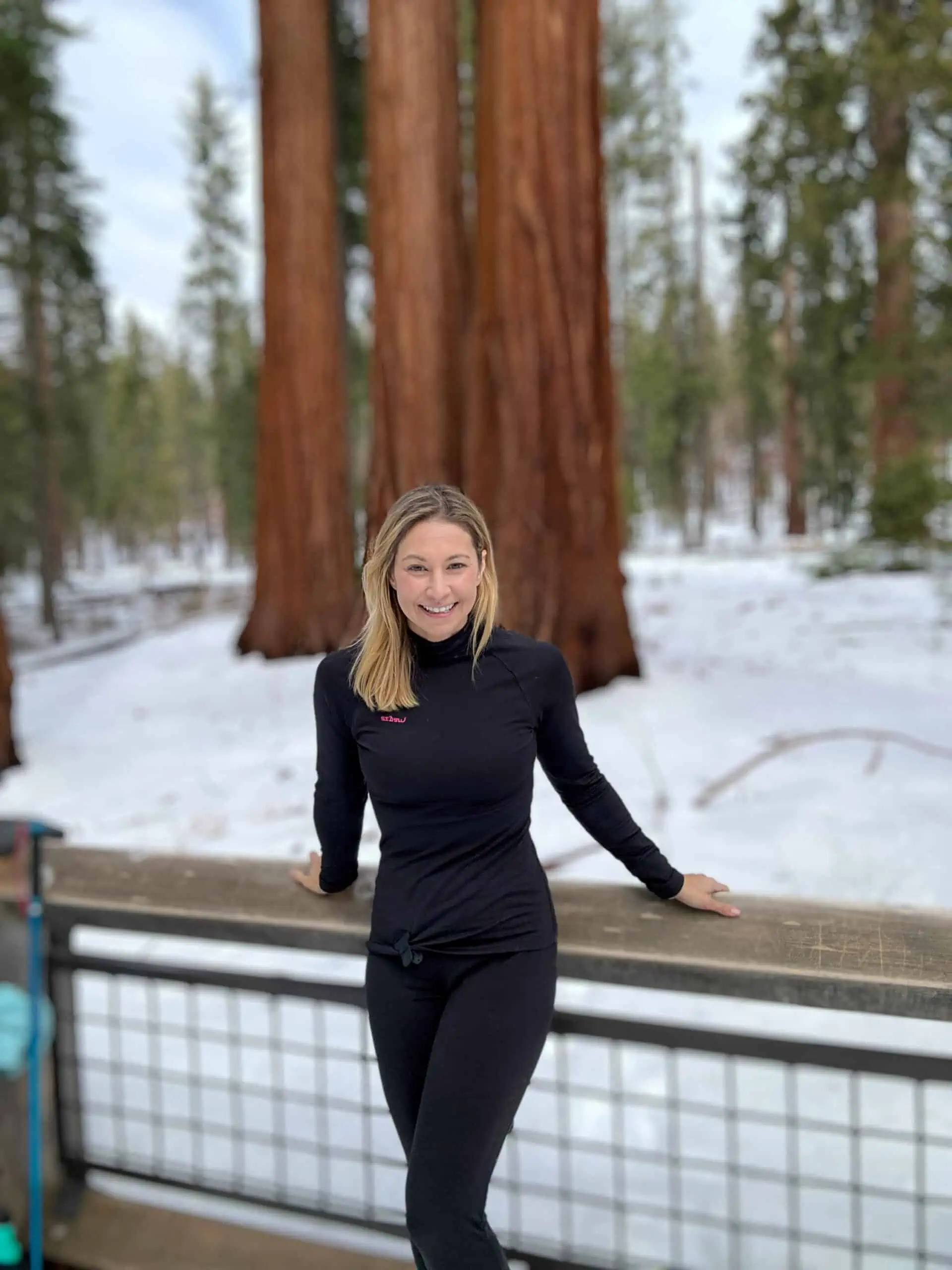
I know the Park Service has struggled over the years just to keep up with all the infrastructure demands, especially in the big parks that get overcrowded. As you look at the issues that public lands face, what are your biggest concerns, and what are your hopes for what the system can become?
My biggest concerns are definitely overcrowding and infrastructure—not over developing or allowing too many people. But the hard part is, people are very much on both sides of the issue. How can we give access to everyone, but make it so the parks are protected at the same time? A lot of people don’t like the reservations, but the reservations really keep the crowds down and make it so the parks are enjoyable. How can we do both of these things at the same time? That’s one of the biggest challenges the National Park Service is facing right now.
Reservations are back at Yosemite this year, which I think is great, but for people who don’t have flexibility or a lot of disposable income, it can be challenging to find dates that work. I’m not sure where things will go, but I know there has been a lot of experimentation the last few years with reservations and lottery systems. Controlling the crowds is definitely necessary. Another big issue is people getting too close to wildlife in parks like Yellowstone. Those are the biggest challenges in my mind.
Part of it is that so many people want to go to the top four or five parks. Do you have any hidden gems that you recommend for people when they can’t get a reservation to Yosemite?
Well, if you can’t get a reservation to Yosemite in particular, I would say Lassen Volcanic is not that far. Lake Tahoe is beautiful and is not that far. Sequoia and Kings Canyon are right below Yosemite. There are also fabulous state parks. California has 280 state park units, and they’re beautiful. A lot of states have fantastic state parks. Georgia has some fantastic state parks with huge waterfalls, and tons of hiking trails, and yurts you can stay in, and all kinds of stuff.
Alice’s Travel Guide to Sequoia and Kings Canyon National Parks.
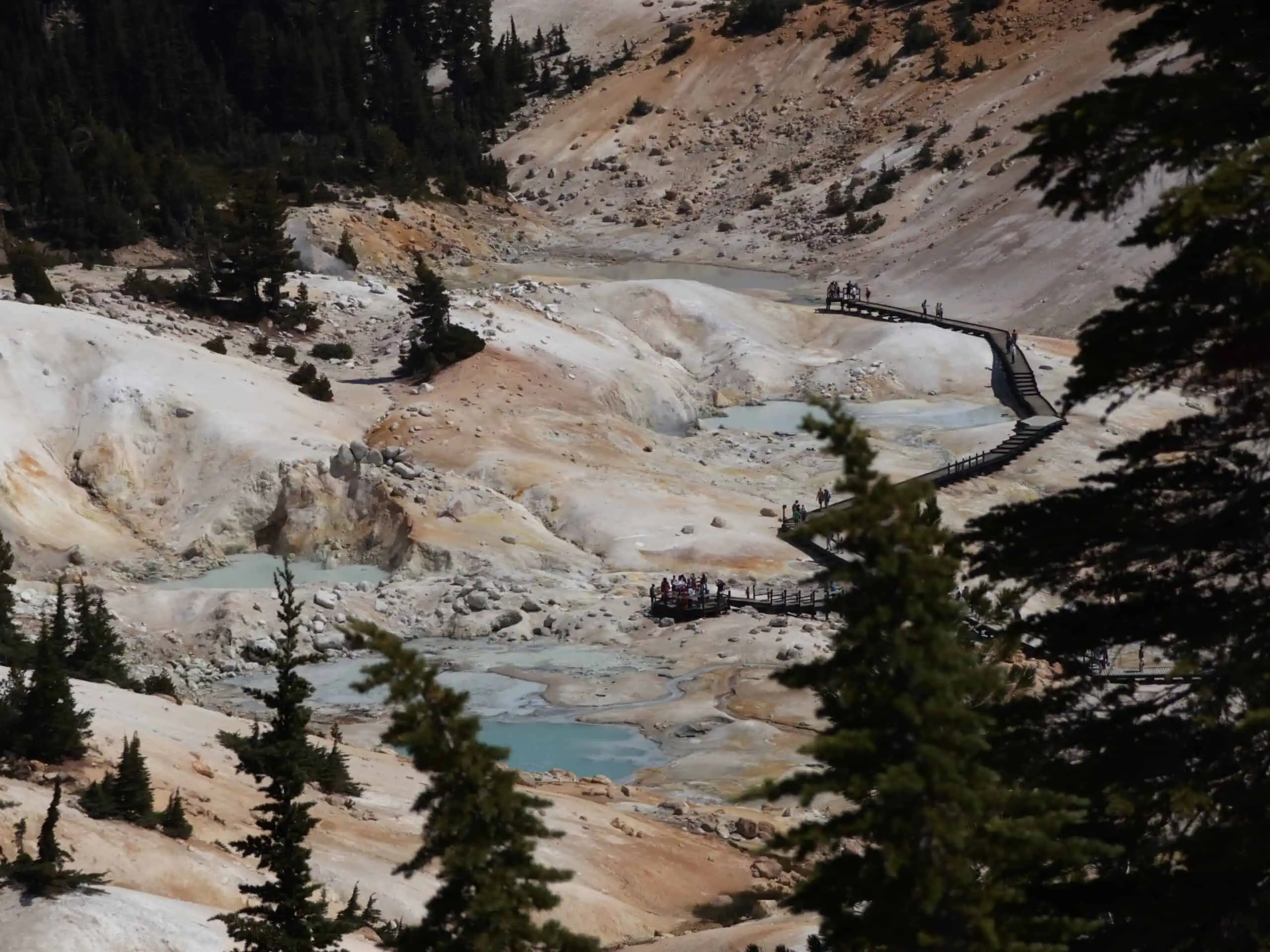
In Colorado, right next to Rocky Mountain National Park there’s an amazing state park that, I think, is one of the least visited state parks in Colorado, and it has trails that are very similar to the ones that are in the national park, and you don’t need a reservation. Same with North Cascades National Park in Washington. You’ve got Mt. Baker-Snoqualmie National Forest right next door. Some of the best hikes are actually in that park, not in the national park.
Follow Alice on her Solo Adventure to North Cascades National Park.
We’ve got a long to-do list at the Parks Channel to tell people about all those places! We’re on it. What is your next adventure?
Well, I have recently been to Antarctica and Patagonia, so that’ll be what’s out next, content-wise. I’m in the planning phase on my next trips. On my travel board over here in the corner, I’ve got New Zealand, Peru, Uganda as potential trips. Maybe Greenland this year as well. Lots of big big destinations.
Amazing. Alice, thank you so much for finding some time to chat with us. We’re really looking forward to seeing more of you on the Parks Channel along with the upcoming PBS series. Happy travels!
Thank you!
Top photo of Alice in Cerro Castillo National Park in Chile courtesy of Alice Ford.

